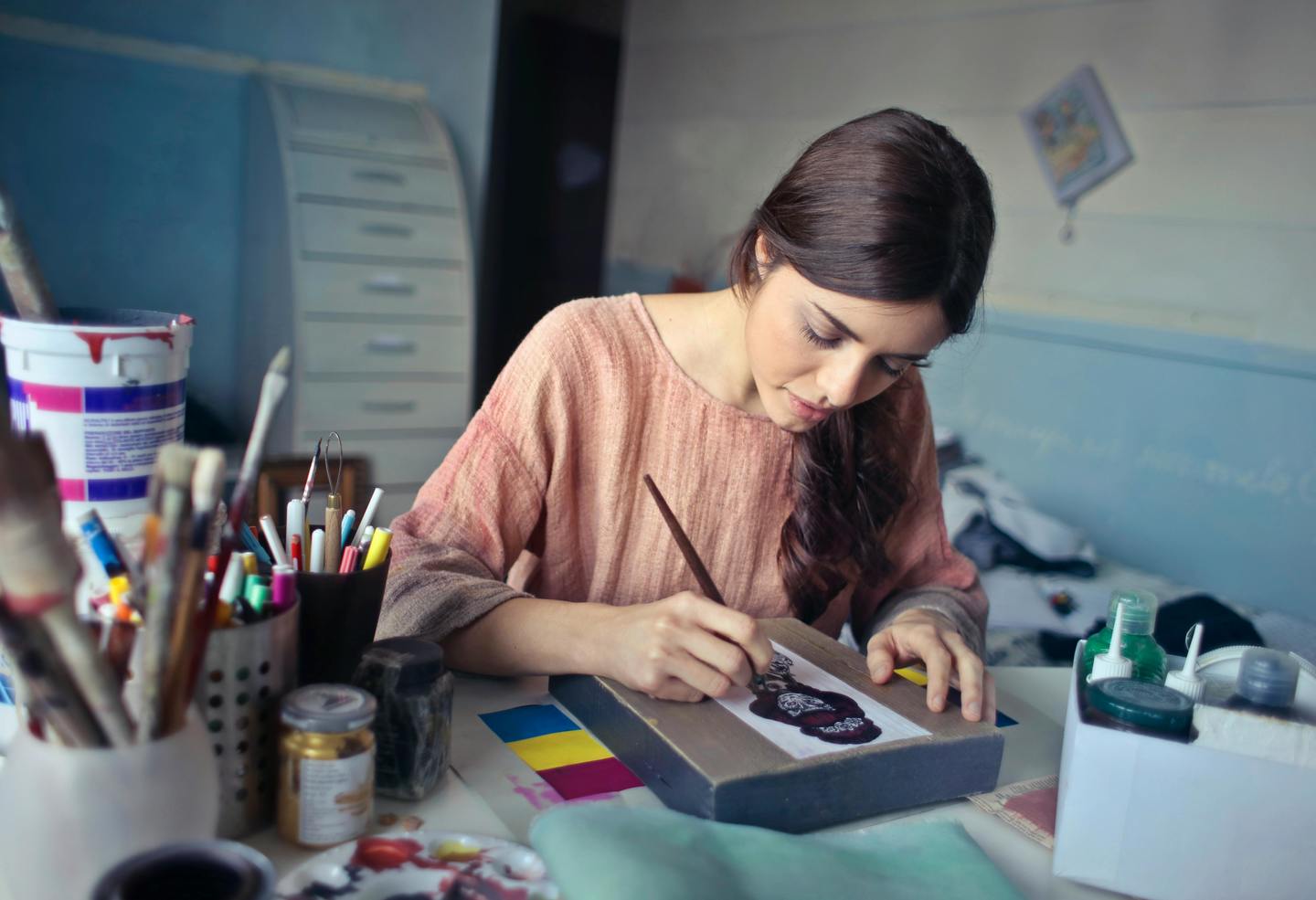Article,
The ART of Healing

After cancer treatment, the journey to recovery is not just physical; it is also deeply emotional and psychological. Young Cancer Survivors often face a myriad of emotional challenges, including stress, anxiety, and depression. One powerful and transformative way to navigate these emotional waters is through the creative expression of art.
Unlocking Emotions Through Art
Art has a unique ability to help individuals explore and express complex emotions. Many cancer survivors find that creating art, whether it's painting, drawing, sculpting, or other forms of creative expression, becomes a therapeutic outlet for their thoughts and feelings (1). Through art, they can confront their fears, reflect on their experiences, and find solace in the process of creation.
A Therapeutic Channel
The act of creating art provides a sense of control and empowerment that may have been lost during the cancer journey. It allows survivors to focus on their inner selves, fostering a sense of mindfulness and presence in the moment (2). This shift in focus can be deeply healing, enabling survivors to disconnect from the worries of the past and the uncertainties of the future.
Building Resilience
Art also helps survivors build resilience. It teaches them that it's okay to make mistakes and that these mistakes can often lead to something beautiful. The process of trial and error in art-making mirrors the resilience required in the post-cancer journey (3). It reinforces the idea that one can recover and rebuild after adversity.
Fostering Connections
Art is a bridge to connections and support. Many cancer survivors participate in art therapy groups. In these groups, survivors can share their creations and experiences, fostering a sense of community and understanding (4). These connections help combat the isolation that cancer survivors can sometimes feel.
Finding Meaning
Through art, survivors often discover a new sense of meaning in their lives (5). They may develop a fresh perspective, valuing life more deeply and finding beauty in the world around them. Art helps them redefine themselves beyond the "cancer survivor" label, emphasizing their identity as creative individuals with unique stories to tell.
Conclusions
The journey of healing after cancer goes beyond physical recovery; it encompasses emotional and psychological healing. The creative expression of art offers a powerful pathway to navigate this journey. It provides survivors with a therapeutic outlet, fosters resilience, and connects them to a supportive community. By embracing art as a tool for mental wellbeing, survivors can embark on a profound and transformative healing process, finding new meaning and hope in their lives post-cancer.
Author: Sara Vivirito (CEIPES)
References
- Tang, Y., Fu, F., Gao, H., Shen, L., Chi, I., & Bai, Z. (2019). Art therapy for anxiety, depression, and fatigue in females with breast cancer: A systematic review. Journal of psychosocial oncology, 37(1), 79-95.
- Prioli, K. M., Pizzi, L. T., Kash, K. M., Newberg, A. B., Morlino, A. M., Matthews, M. J., & Monti, D. A. (2017). Costs and effectiveness of mindfulness-based art therapy versus standard breast cancer support group for women with cancer. American Health & Drug Benefits, 10(6), 288.
- Öster, I., Tavelin, B., Thyme, K. E., Magnusson, E., Isaksson, U., Lindh, J., & Åström, S. (2014). Art therapy during radiotherapy–A five-year follow-up study with women diagnosed with breast cancer. The arts in psychotherapy, 41(1), 36-40.
- Agnese, A., Lamparelli, T., Bacigalupo, A., & Luzzatto, P. (2012). Supportive care with art therapy, for patients in isolation during stem cell transplant. Palliative & Supportive Care, 10(2), 91-98.
- Collie, K., Prins Hankinson, S., Norton, M., Dunlop, C., Mooney, M., Miller, G., & Giese-Davis, J. (2017). Online art therapy groups for young adults with cancer. Arts & Health, 9(1), 1-13.
